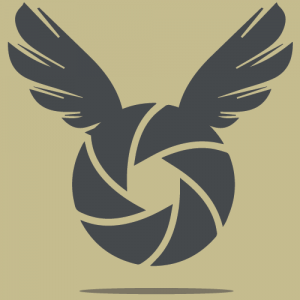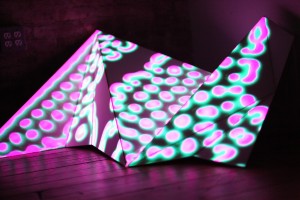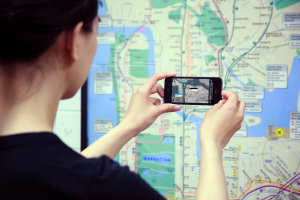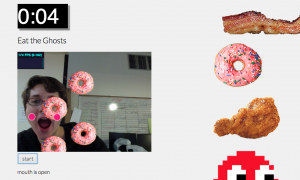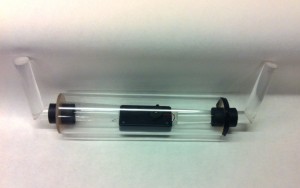Kristina Budelis, Neil Solomon, Fletcher Bach, Pamela Liou
A zone to explore all things flying camera-related, from drone documentaries to dronies, the new trend sweeping the internet.
www.drone-booth.com & wwww.belllabsdoc.com
Description
The drone zone has two parts.
1) A screen where people can view our documentary, “Bell Labs: Decline of a Tech Titan,” which includes flying camera footage.
2) A dronie (drone selfie) making station where we set up an AR drone within a net if that is preferred, and help people take a pictures of themselves with the AR drone. We will utilize opencv with the drone so that people can add hats and ears to their selfies, and have a twitter feed of the selfies.
We will also have a DJI drone out (which we will not use) to show inquiring minds the tool we used to make the documentary.
Classes
Flying Robotic Journalism

